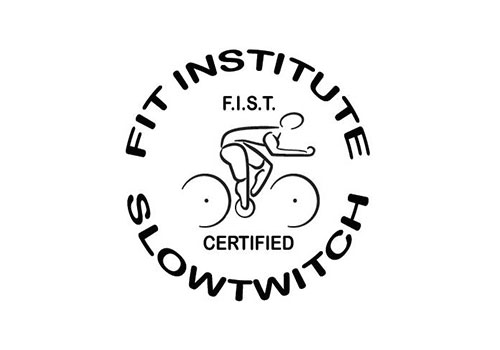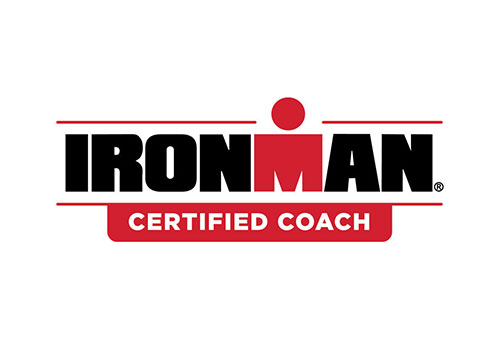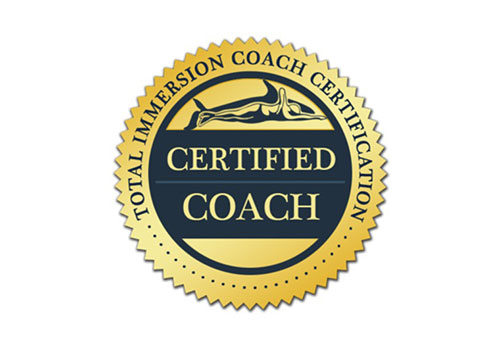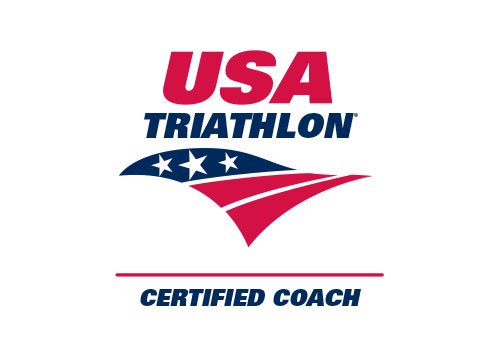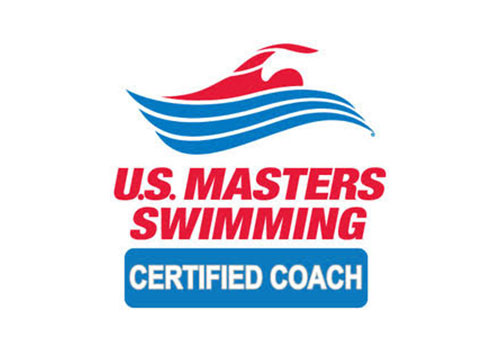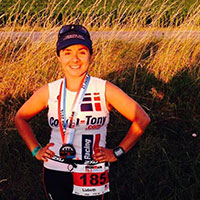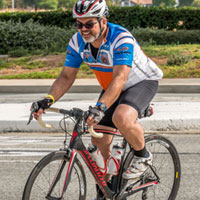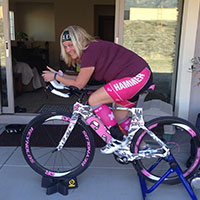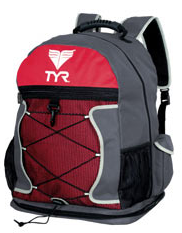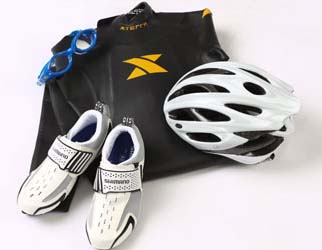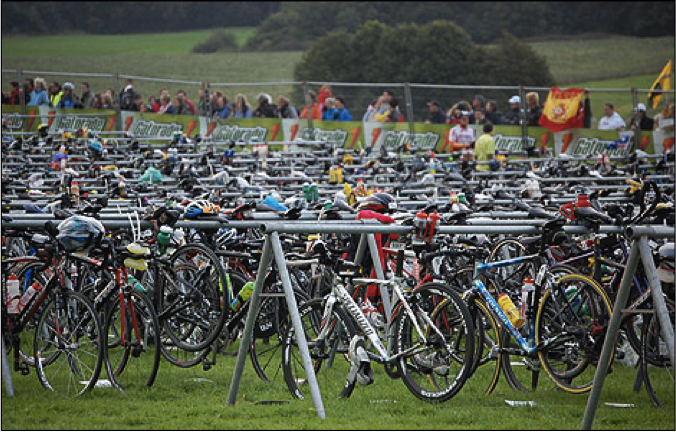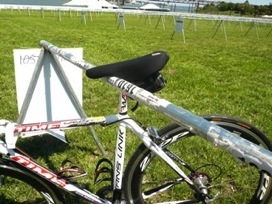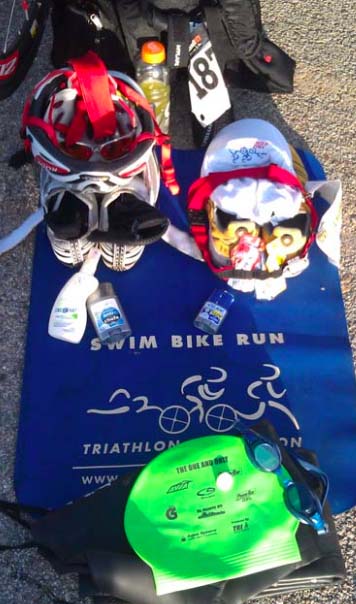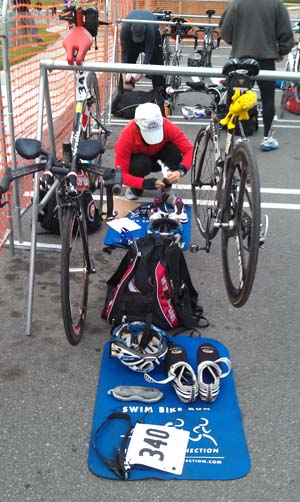
A good triathlon swim will not guarantee you a win but a poor swim will help you loose it. In much the same way, a good transition will contribute to a positive race experience. The objective of the transition is to help you comfortably, quickly, and safely “transition” from one discipline to another. Too often, triathletes overlook the importance and preparation of a good transition. Whether your goal is to just finish or make the podium, a good transition starts with practice. Here are a few tips to help plan and practice for good transitions.
|
|
Step 1 - Acquire a transition bag. |
||||
|
|
Step 2 - Pack Your Transition Bag
|
||||
|
|
Step 3 - Pick Your Spot |
||||
|
|
Step 4 - Rack Your Bike
|
||||
|
|
Step 5 - Lay down your Tansition
Place your equipment on your mat grouped by necessity; For example, place all of your bike equipent (shoes, socks, gloves, sunglasses, helmet, etc). Separately, put all of your run stuff together. Some transitions areas are rough (asphalt, gravel, sand) so leave some room on the mat for your feet. For safety and respect of fellow competitors, avoid bad habits some athletes make like:
|
||||
|
|
Step 6 - Walk the Transition: |
||||
|
|
Step 7 - Stand Guard: Another way to guard against this is to partner with a friend or other athlete at the race. Rack your bikes by their saddles facing opposite directions as in the picture to the left; chainrings to the outside. This creates a corridor between your bikes. Place your transition bags back to back under the rack bar in between the bikes and mats in front of the bags. The bikes should be racked close enough to discourage most inconsiderates from racking in between but wide enough for your transition and bag. |
Best of luck and please contact me with questions;

